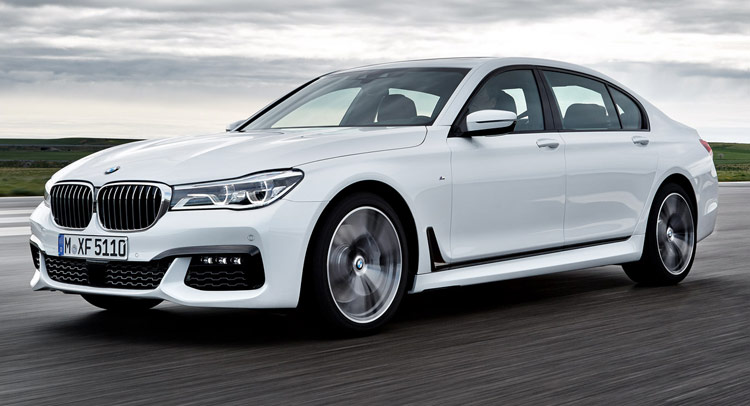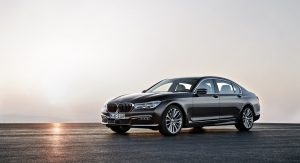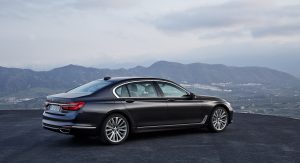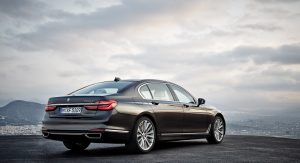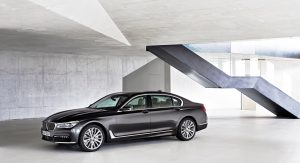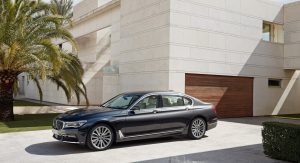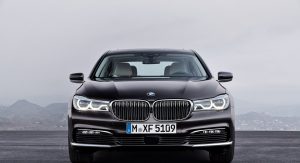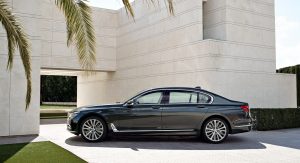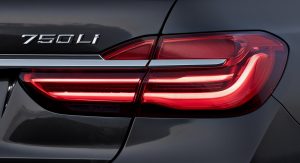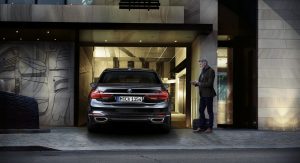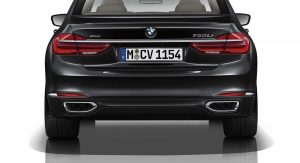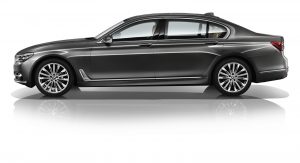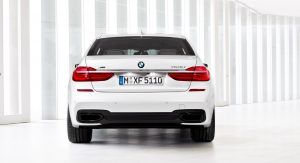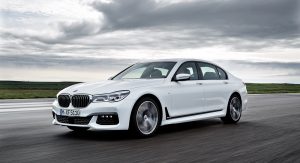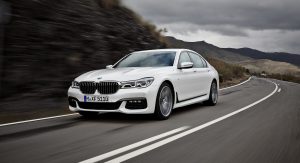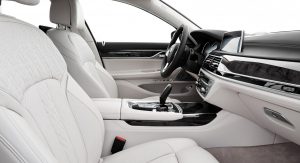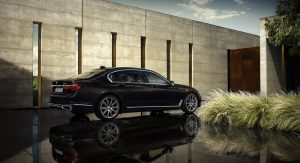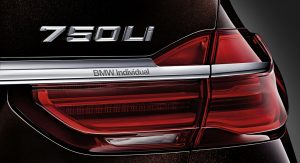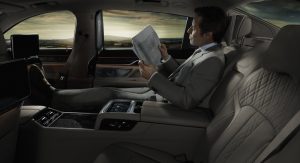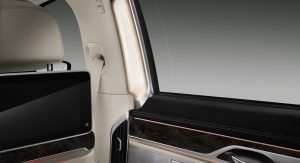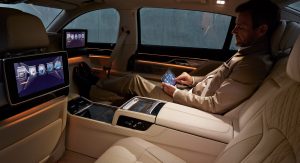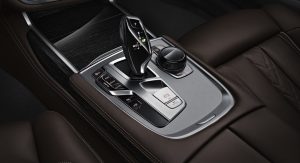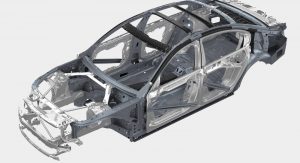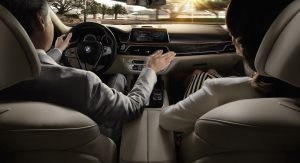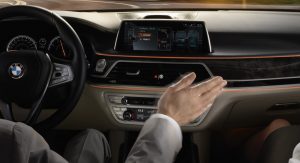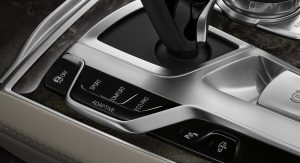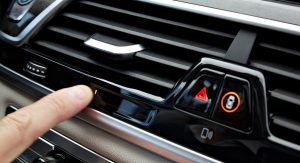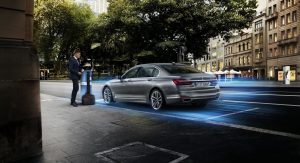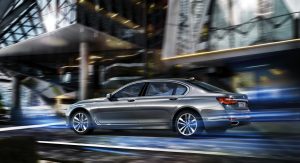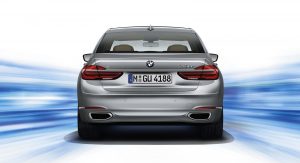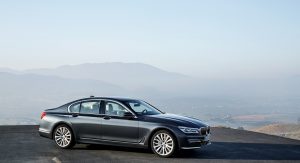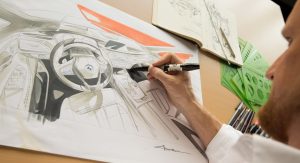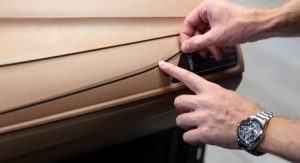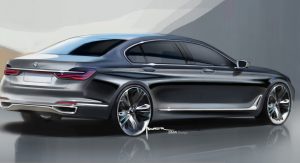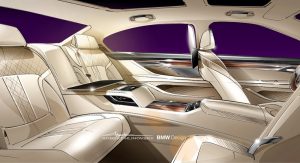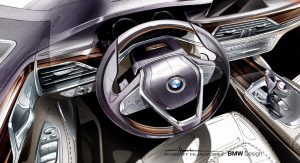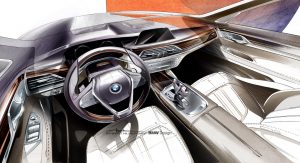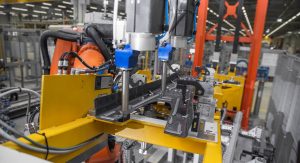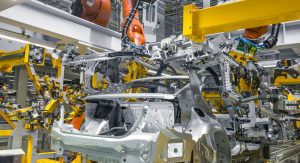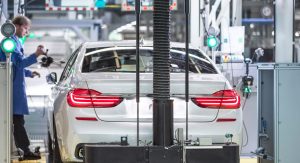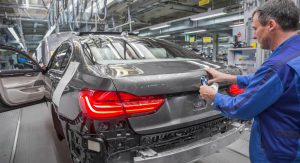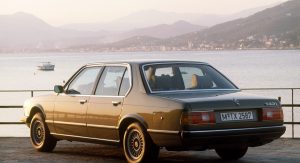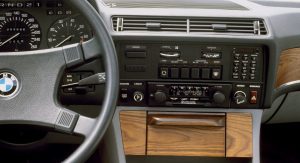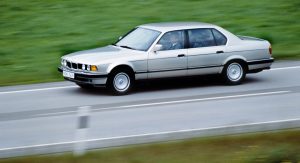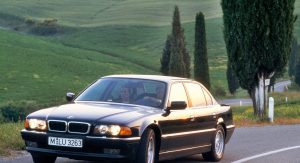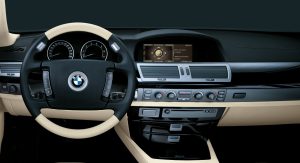BMW has introduced its flagship 7-Series sedan, which may be similar in size and…in looks to the outgoing F01 codenamed car, but it’s really a completely new model.
The Bavarians have thrown in all of their engineering and technological power on the car starting with one of its predecessor’s biggest drawbacks, the weight, by combining carbon-fiber structures with steel, aluminum, magnesium, and plastic, to shed up to 200kg (440 pounds) – though, due to additional comfort and safety features, the weight savings are actually less at 130 kg (286 pounds) on the 750i xDrive.
We haven’t confirmed this yet, but according to BMW AG board member Klaus Fröhlich, the new 7-Series is the “lightest luxury sedan in its segment”.
Codenamed G11 when opted with the short wheelbase and G12 with the long wheelbase, the next iteration of the 7er has more or less, the same footprint as the previous F01/F02 series.
The LWB version, which will be the only one offered in North America, measures 206.2 inches (5,238mm) long with a 126.4 inch (3,210mm) wheelbase, 74.9 inches (1,902mm) wide and 58.2 inches (1,479mm) tall. The standard model is 200.7 inches (5,098mm) long with a 120.9 inch (3,070mm) wheelbase, 74.9 inches (1,902mm) wide and 57.8 inches (1,467mm) tall.
The car’s exterior styling is best described as evolutionary mixing the previous 7’s characteristics with BMW’s newest…evolved…design DNA and especially the 3- and 4-Series with the sedan sporting a flatter front end with overgrown double kidney grilles flanked by sleeker, elongated ‘Laserlight’ laser-based headlamps (same as on the i8) that make it look wider than the older model, even though it isn’t.
BMW followed a similar practice with the interior, which has a more modern feel to it without alienating owners of the current 7er. Beyond the new digital (and customizable) instrument graphics and iDrive 5.0 infotainment system that gets touch screen technology and gesture control for the first time, the top BMW sedan also gets wireless phone charging, an optional 7-inch removable tablet that can control functions of the car, an ‘Ambient Air’ package that releases scents in the cabin and various other amenities.
Another highlight is the world premiere of BMW’s “Remote Control Parking” which will allow drivers to maneuver in or out of forward-parking spaces or garages without anyone at the wheel. According to the Germans, “The driver initiates the car’s progress forwards into or in reverse out of a space using the likewise newly developed BMW Display Key. While the car is carrying out the semi-automated maneuver, the driver watches out for obstacles.”
All 7ers will come with a standard two-axle air suspension that automatically adjusts body height – with a lower ride in sport mode, Dynamic Damper Control, while for the first time, it will combine four-wheel steering (BMW calls it Integral Active Steering or “X Steer”) with four-wheel drive (on models fitted with the xDrive system).
When it goes on sale in the USA this fall, the new 7-Series will be offered in the following models: the 750i xDrive with a redeveloped 445hp 4.4-liter turbocharged gasoline V8, and the 740i with a 320hp 3.0-liter turbocharged six gasoline – both with 8-speed automatics.
In early 2016, BMW will add the 740e xDrive plug-in hybrid pairing a 2.0-liter four-cylinder turbocharged gasoline engine to an electric motor and an 8-speed automatic that is said to be able to run on battery power alone for up to 23 miles (37km) at speeds of up to 75mph (121 km/h).
The MSRP for the 740i will be $81,300 and the 750i xDrive at $97,400 (excluding Destination and Handling), while pricing for the 740e PHEV will be announced closer to launch.
In Europe and other parts of the world, the new 7-Series will launch in October with two petrol engines, a 326PS 3.0-liter turbo six in the 740i and 740Li, and a 450PS 4.4-liter turbo V8 in the 750i xDrive and 750Li xDrive, and one diesel, the 265PS 3.0-liter six in the 730d/Ld models.
More powertrains options are to be announced later on.




